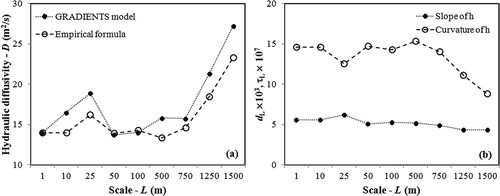Figures & data
Fig. 1 Location of the Szigetvár area within the territory of Hungary, showing spatial distribution of topography and lithologic units, and delimitation of a sector where a number of drilled wells were monitored for hydraulic head.
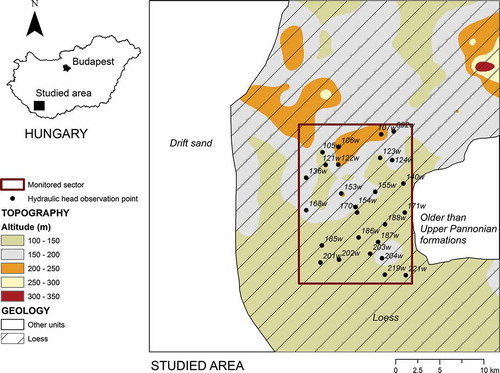
Fig. 2 Seasonal variation of precipitation and river flow data, based on long-term records. The river flow data pertain to the Péli-víz Felsőpél watershed (30.5 km2), measured at a hydrometric station located at the outlet point of this catchment.
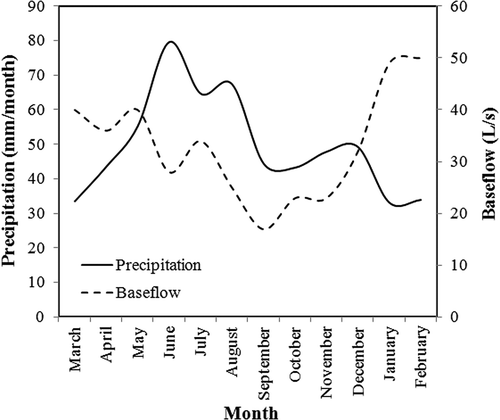
Fig. 3 Grain-size curves of Hungarian loess and interlayered palaeosols (Paks formation), drawn from the data in .

Fig. 4 Classification of Hungarian loess and interlayered palaeosols according to texture, based on the grain-size data depicted in . The textural classification used the USDA soil textural classification.
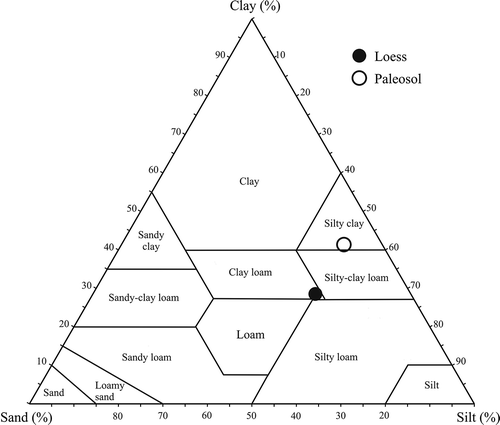
Table 1 Average grain-size distributions of loess and interlayered palaeosol samples, collected at Paks exposure by Nemecz et al. (Citation2000).
Table 2 Hydraulic head records of drilled wells represented in . ID: drilled well identification code; X, Y and Z: planimetric and altimetric location coordinates; h: hydraulic head.
Table 3 Empirical formulas relating hydraulic conductivity with grain-size distribution, used in the calculation of microscale hydraulic diffusivities. Source: Odong (Citation2007). Symbols are explained in the text.
Table 4 Representative values of specific yield (Sy), specific retention (Sr) and total porosity (n) of unconsolidated materials comprising a wide range of grain sizes. Source: Morris and Johnson (Citation1967).
Table 5(a) Megascale hydraulic diffusivities (D), as calculated by the GRADIENTS model for various cell sizes (Δx), with indication of median slope (d) and curvature (τ) of hydraulic head surface (h).
Table 5(b) Microscale hydraulic diffusivities (D), as calculated by equations (4) (unconfined condition) and (5c) (confined condition), based on hydraulic conductivities (K) calculated by the empirical formulas depicted in .
Fig. 5 Megascale and microscale hydraulic diffusivities plotted as a function of cell size (Δx). The megascale diffusivities were calculated by the GRADIENTS model; the microscale are based on grain-size data and were calculated using equations (4) and (5c), with hydraulic conductivity calculated by the empirical formulas shown in . The megascale D values could be fitted to a couple of trend lines, valid for different spatial resolutions; the microscale were arbitrarily assigned the unit cell size (Δx = 1 m).
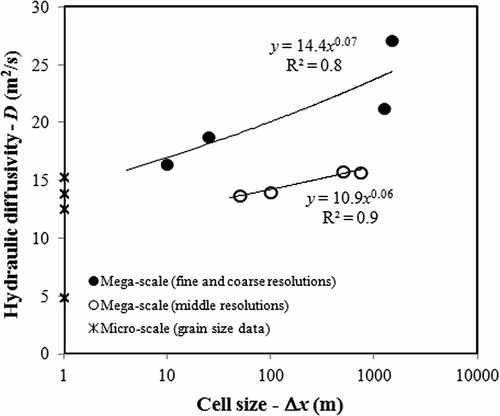
Fig. 6 Spatial distribution of hydraulic head (grid h_8 May 1993), slope of hydraulic head (grid Hx), curvature of hydraulic head (grid Hxx) and hydraulic diffusivity (grid D), as calculated by the GRADIENTS model.
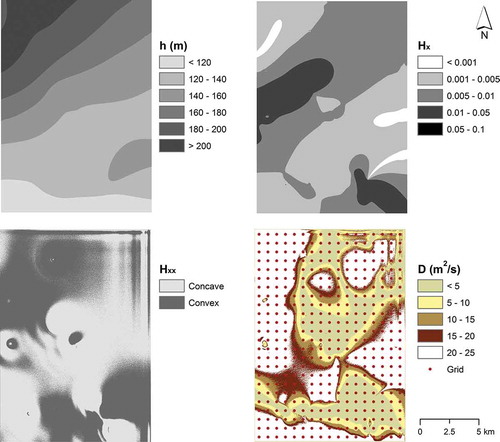
Fig. 7 Plot of hydraulic diffusivities as a function of concomitant storage coefficients, for unconfined, semi-confined and confined aquifers. The literature data were compiled by Pacheco (Citation2013) and Onder (Citation1994). The Szigetvár loess aquifer, with a median diffusivity of D = 17.9 m2/s, behaves as a confined aquifer. The associated storage coefficient is S = bμβSy = 7.9 × 10-6, with b = 27.5 m (average aquifer thickness, reported in the ‘Geology’ section), ρ = 999.1 kg/m3 (specific weight of water), β = 4.7 × 10-9 m2/kg (compressibility of water), and Sy = 0.061 (specific yield, estimated from values in , based on a median grain size d50 = 0.0405 mm, deduced from data in ).

Fig. 8 Hydraulic head wave (A + B) of a hypothetical heterogeneous aquifer composed of two media, one with a low (A) and the other with a high (B) hydraulic diffusivity.
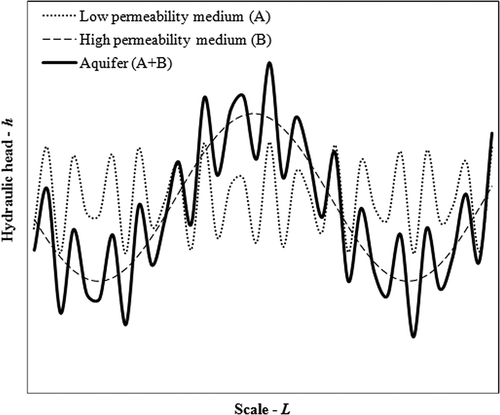
Fig. 9 (a) Comparison of hydraulic diffusivity estimates, as calculated by the GRADIENTS model and equation (10a). The plot of GRADIENTS model diffusivities is based on D values given in as a function of Δx (L in the figure). The plot of equation (10a) diffusivities is based on the curvatures and slopes depicted in as a function of Δx (L in the figure), assuming that τ1 = τ10 and d1 = d10. The values of ρ (specific weight of water) and β (compressibility of water) are those referred to in the text. (b) Relationship between the curvature (τL) and slope (dL) of hydraulic head surface (h) and scale (L).
